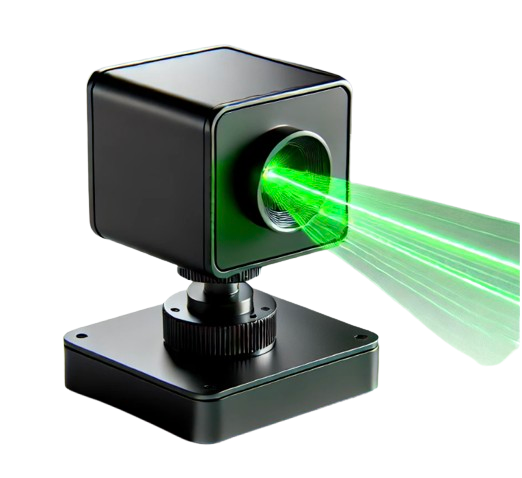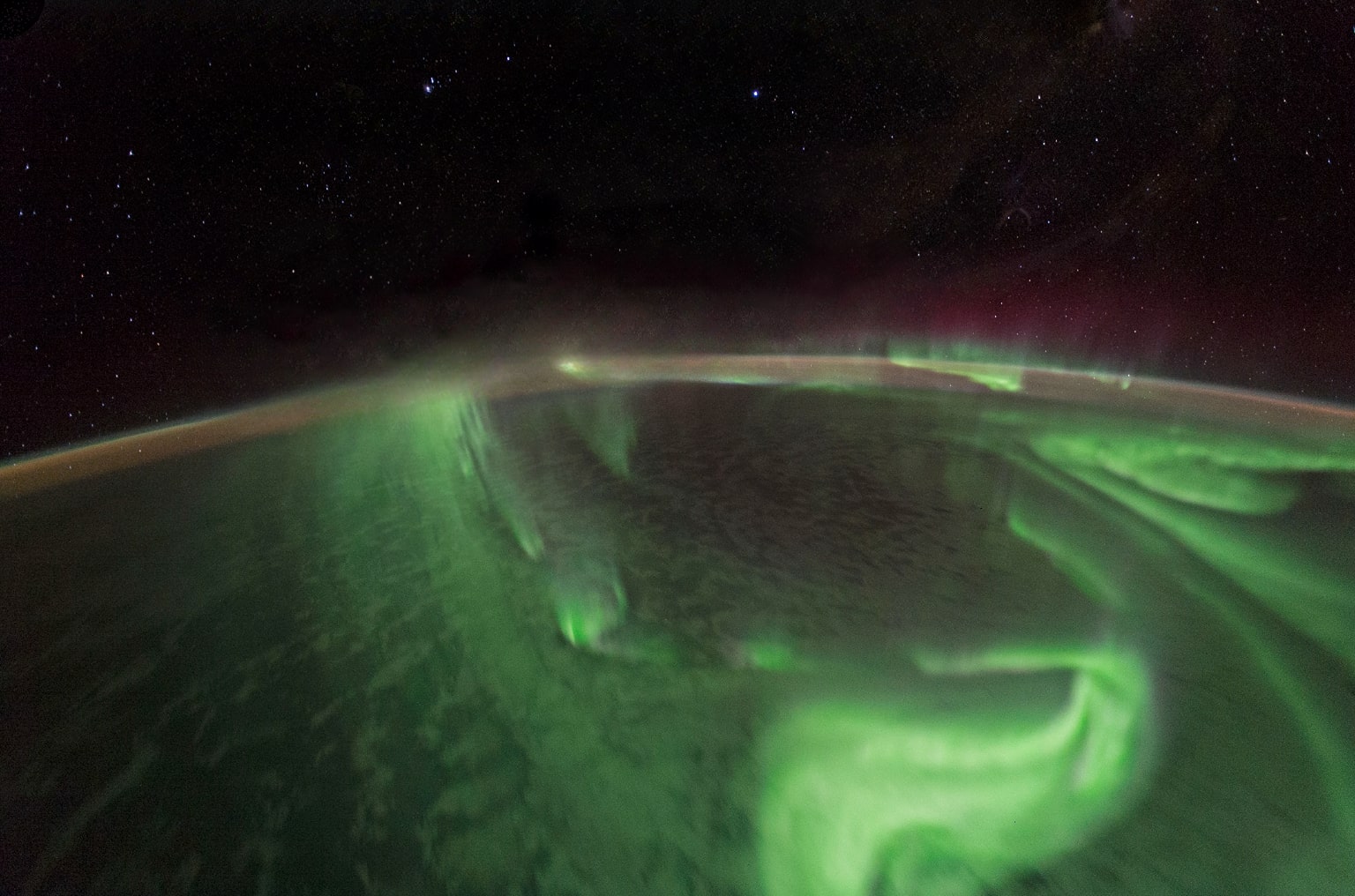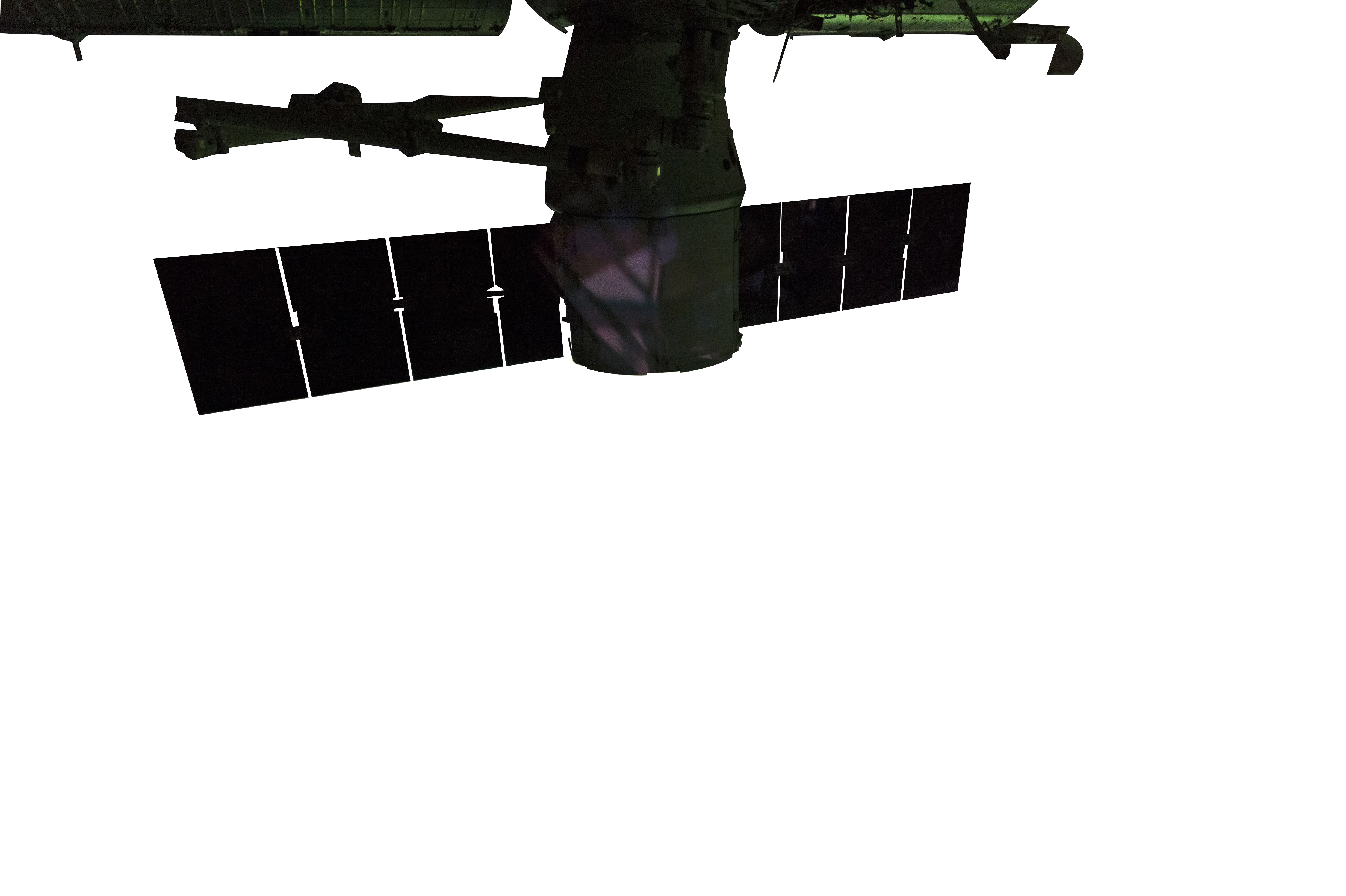
How SensAir Works
Laser Photon Reflections
We use nanosecond-accurate pulsed lasers and single photon–sensitive photomultipliers to measure the exact time a photon takes to return to the device after reflecting off an atom in the air. Through the Doppler shift created by the reflection, the photon's wavelength changes and we calculate the velocity and then position of the particle, within 300 millimeters of accuracy and with a range of 4-16 km.
Fluid Dynamics Simulation
Through calculations using the Maxwell-Boltzmann distribution, we take in individual datapoints from each particle measured by the laser to construct a 3D map of what the air flow looks like ahead of the aircraft.
AI Insights
Using a 3D convolutional neural network trained on turbulence data, an AI model actively monitors the readout and alerts the pilots to anything suspicious. This helps them catch turbulence easily and save time when trying to avoid it.






